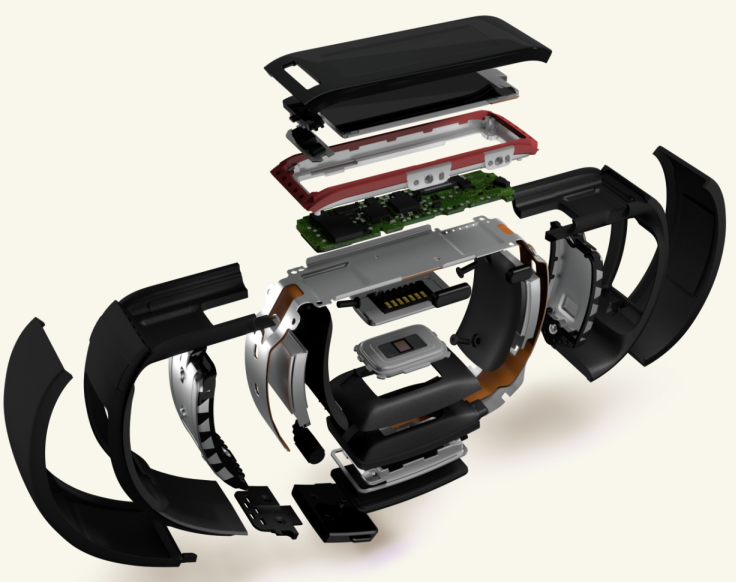Microsoft Band: Cross-Platform Wearable With Cortana Baked In
Wearables are here to stay. The question now is what’s the right design, feature set and price. Yesterday Microsoft made its opening smartwatch bid with the $199 Microsoft Band. That compares with the $349 entry level Apple Watch and $199 Android Wear devices. At the same time it introduced (or reintroduced) Microsoft Health, a cloud-based platform that […]

Wearables are here to stay. The question now is what’s the right design, feature set and price.
Yesterday Microsoft made its opening smartwatch bid with the $199 Microsoft Band. That compares with the $349 entry level Apple Watch and $199 Android Wear devices.
At the same time it introduced (or reintroduced) Microsoft Health, a cloud-based platform that allows users to access and analyze their data from any device. Health is available as an app for the major smartphone platforms. It also works with other third party fitness trackers such UP by Jawbone, MapMyFitness, MyFitnessPal and RunKeeper.
In some respects Health is the more significant announcement.
Microsoft Band and Health work together to analyze data and make health-related recommendations to users — not just report steps or calories burned. There are a range of “curated,” guided workouts as part of the program.

Unlike Apple and Google, which regard their watches to be part of their proprietary ecosystems, Microsoft is allowing Band to work with other smartphones. This and its price may give Band an immediate advantage.
The device sits between something like a Fitbit and the Apple Watch. Among the major features are the following:
- Fitness tracking (steps, heart rate, calories, etc.)
- Full-color tounchscreen
- Notifications of calls, texts, email, social media, calendar, weather
- Sleep tracking
- GPS
- Cortana integration with Windows Phone 8.1 (won’t operate if user is on iPhone or Android)
I have the Moto 360 and for the most part like the hardware design, although the watch is initially quite heavy to wear. However the Android Wear software is mostly a disappointment with a relentless stream of annoying notifications (that can be largely disabled). Any marketing model for wearables is likely to rely heavily on notifications.
Microsoft has taken the enlightened step of making its wearable compatible with other smartphone platforms. One could argue this was a necessity given the small market share of Windows Phone.
Nonetheless it’s the right approach. I wish Google and Apple would do the same.
Contributing authors are invited to create content for MarTech and are chosen for their expertise and contribution to the search community. Our contributors work under the oversight of the editorial staff and contributions are checked for quality and relevance to our readers. MarTech is owned by Semrush. Contributor was not asked to make any direct or indirect mentions of Semrush. The opinions they express are their own.
Related stories